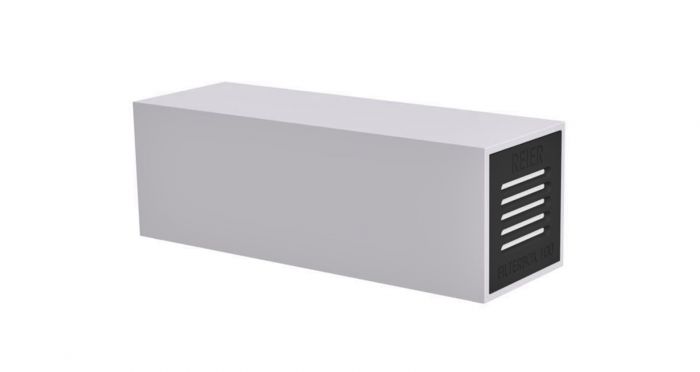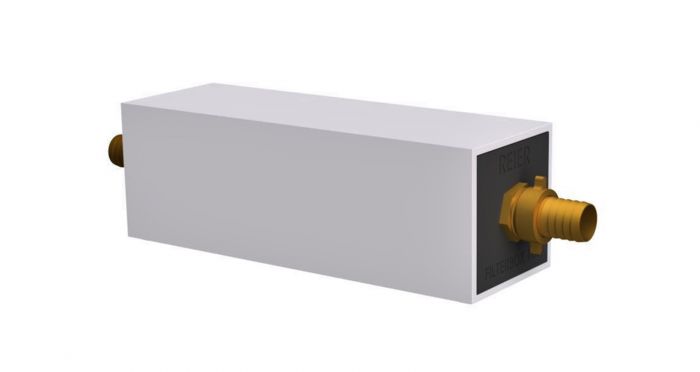Museum display cases are intended to protect and preserve art and cultural assets not only from theft and vandalism, but also from exhibit-damaging influences.
However, numerous examples vividly illustrate that works of art are also exposed to unfavorable environmental influences within the display cases, which lead to irreversible changes in the objects stored or exhibited. In addition to the absence of any foreign substances or pollutants, today‘s requirements for exhibition display cases also include a high degree of impermeability to ensure climatic constancy.
These requirements are very difficult to meet synchronously, since there is no such thing as THE emission-free material, and thus almost any release of substances, no matter how small they are, leads to an accumulation inside the display case.
In response to this, REIER has had its display case construction materials such as adhesives, varnishes and paints, but also plastics and organic materials, tested and certified for years at the Federal Institute for Materials Research and Testing (BAM) in Berlin, among others. Despite this measure, it was found in isolated projects that even the most minor emissions from showcase construction materials, which were classified as harmless, interacted with emissions from exhibits and in turn developed a potential for damage in the display cases.
Since a chemical analysis of all possible interactions is not feasible in advance of an exhibition concept, a simple solution had to be found for the subsequent air cleaning of new and existing display cases.
This consideration led us to the development of our new, inexpensive as well as easy and uncomplicated to handle filterbox.

